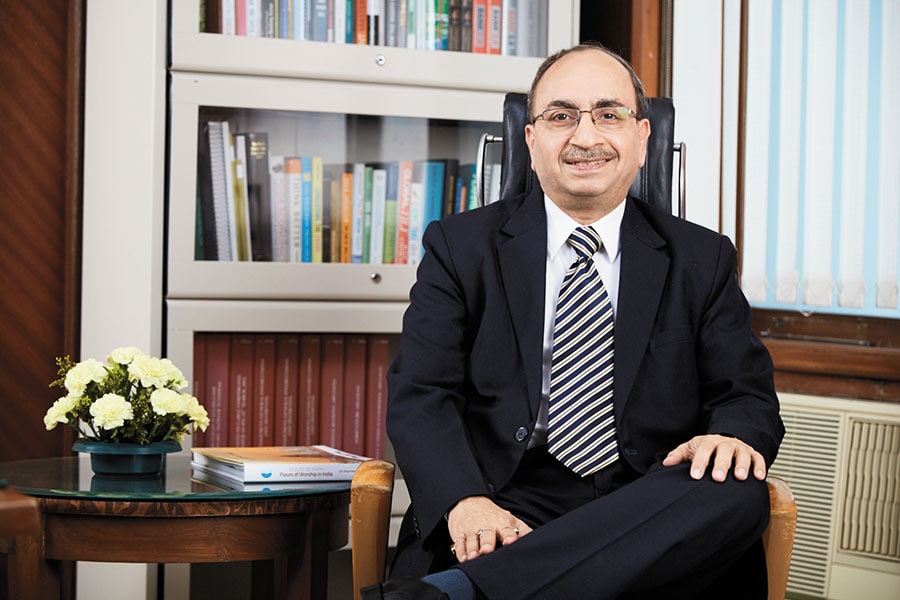
Smooth change of guard likely at SBI
Managing asset quality will be the top challenge for Dinesh Kumar Khara who is likely to take over as the SBI chairman in October
 Dinesh Kumar Khara
Dinesh Kumar KharaIndia’s biggest lender State Bank of India has little time to prepare for a change in its leadership. But the disruption will be limited because another SBI veteran is likely to succeed chairman Rajnish Kumar whose three-year term ends on October 7. The Banks Board Bureau has recommended SBI’s current managing director Dinesh Kumar Khara to be the next SBI chairman. The matter will be approved by the government at the cabinet level.
Khara, 59, has worked with the State Bank of India for the past 36 years across all aspects of banking. He was also closely involved with the successful completion of the merger of SBI with its five associate banks and Bharatiya Mahila Bank, in 2017. “Kumar has successfully steered the bank post-merger through asset quality challenges and helped reduce the gross non-performing asset (GNPA) levels,” says Nitin Aggarwal, banking analyst at Motilal Oswal Securities. The GNPA for the bank has reduced by 39 percent to ₹129,661 crore in June 2020 from ₹212,840 crore in June 2018. In the same period, the provision coverage ratio for bad loans has risen from 69 to over 86 percent.
managing asset quality, Kumar has helped strengthen SBI’s digital platform. SBI’s digital journey through its Yono application has been noteworthy, when compared to other public sector banks. Yono saw 2.9 million registrations in the June-ended quarter, when banking in the physical form took a major hit due to the lockdown. The cumulative registrations through Yono are at 24 million.
The share of transactions in SBI through digital—comprising Yono, internet, mobile and UPI—was 62 percent in June 2020, while only 7 percent was through the branch, 11 percent through business correspondents and 20 percent through ATMs.
Assessing his tenure, Aggarwal says: “Kumar has been forthcoming and upfront regarding the NPA levels the bank faced and that differentiated SBI from other public-sector banks.” Motilal Oswal Financial Services has been meeting the top management of India’s top 150 companies post the opening of the lockdown. Kumar, in his interaction with their team, did not guide for more stress for the bank, Aggarwal said.
The biggest challenge for the new chairman at SBI will be managing asset quality, particularly as banks are riding out of a loan moratorium cycle, which ended August. Most banking analysts fear bad loan levels—from corporates and individuals—could rise on account of the stress from loss of business revenues for businesses, and loss of salaried jobs for individuals. The good part is that Khara is a seen as a hands-on banker. Being an SBI veteran, he will not take time to settle into the job.
Commenting on the bank’s stocks, Goldman Sachs analysts Rahul Jain and Shagun Verma say: “SBI is managing its balance sheet well by making provisions, and has one of the highest provisions on total stressed book including moratorium loans.” With deposit growth improving, most equity research firms are bullish about SBI’s trajectory in the near-term.
To help resolve bad loans, RBI governor Shaktikanta Das, at the last monetary policy meeting in August, said a committee, led by veteran banker KV Kamath, will finalise a resolution framework for all Covid-19 related stressed accounts by early September.





